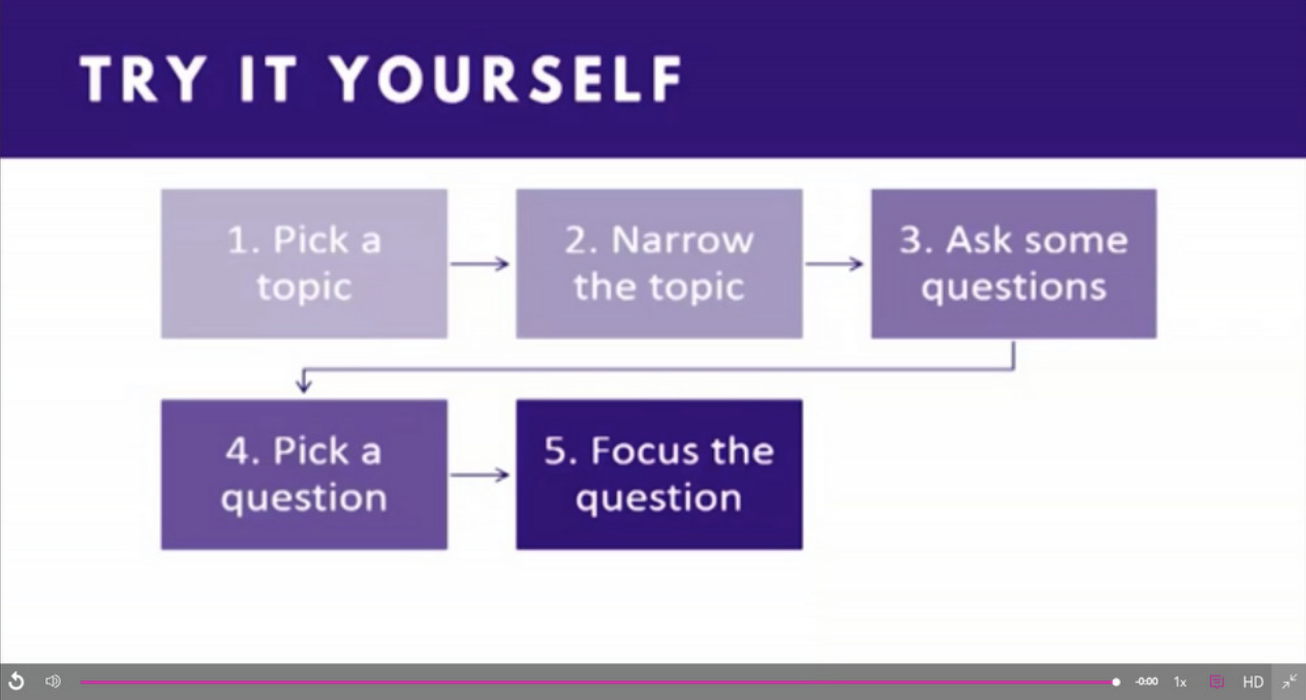Read the Oliver et al. chapter, but in particular concentrate on the section headed ‘Methodology’ (pp. 30–7). Consider the following questions:
Theories Methods Approaches
To put it simply, what I see is a quest to answer a simple question ‘what is going on here?’ On the basis of observation, dissection, interview, quantification, benchmarking and other methods we hope to come to a view that can be agreed upon. We might say, we don’t know, we might say we have an idea, but these are the problems regarding our stance, or that we have a good idea what is going on and here it is .
Q1 What do each of the various approaches listed highlight?
I only felt that action research and activity theory were covered in enough detail, with the example, outcomes and likely findings to be able to apply them. A list of some nine other approaches were given … as a list. For me they imply, to use a metaphor, that if you head out into the dark you are going to see or uncover different things if you go armed with a torch, a guidebook or a trenching tool, and whether you go alone, with fellow students and/or with experts … ie. whether you are an observer, whether you situate your learning as acquired new insights on the ground, whether you literally get stuck in and/or do any of this with others to converse with - fellow students, those less knowledgeable than yourself or experts of varying degrees.
‘These different epistemological positions have profound implications for how e-learning should be studied’. (Landow, 1997)
Q2. How, if at all, are specific methods (interviews, surveys, focus groups, observation, etc.) and methodological approaches related?
The few methods that the authors elaborate are related through broad categories of social sciences.
They are also related in the sense that the same question is in essence being asked every time, ‘what is going on?’ though the angle of approach can clearly be very different because of the motivations and experience of the person(s) doing the research - and/or potential the politics and criteria of any awarding/funding body of the institution for whom, or where, the research is being carried out.
They are related because they are all part of something complex, part of the same ‘universe’ of social activity.
I felt as if the chapter would have benefitted enormously from a Venn Diagram as the authors introduced these broad, encompasing theories, then offered a number of subsets and finally as list of some 11 specific methods but they only developed three of these: action research, activity systems and what might be called ‘power theory’. From the list given earlier in the piece I couldn’t find anything more on:
- actor network theory
- cognitive science
- discourse analysis
- grounded theory
- knowledge engineering
- artificial intelligence
- literacy
- management studies
Traditionally, changes in society and institutions are studied from the perspective of specific social sciences:
- sociology,
- social psychology
- business studies, etc.
Changes in personal knowledge, understanding and skill are studied using
- the tools of psychology,
- personal development
- and educational theory.
Changes in the nature of knowledge itself are studied using
- the tools of philosophy
- linguistics
- media studies
- critical theory
- and theories of representation that may
- include cultural theory and criticism.
Studying the intersection of these – the relationship between people, technology and knowledge – consequently draws in all of these perspectives, as well as new disciplines such as systems theory, instructional design and a field of applied research into the use of technology in education.
Given the complexity of the phenomena under study, there is certainly a need for a wide repertoire of investigative techniques. (Oliver et al . 2007. p 22)
Once represented in a digital form, knowledge can be almost limitlessly disseminated and analysed, re-inscribed, re-applied and re-appropriated. The authority associated with computer-based representations is often hidden and – because of this re-writable quality – may become complicated, referring to multiple ‘designers’, including (in interactive systems, at least in some sense) a system’s user. (Oliver et al. 2007. p 23)
These different epistemological positions have profound implications for how e-learning should be studied. Landow, 1997
Action research
Technical, Practical, Emancipatory - and shared.
Involves practitioners researching their own educational situations and practices, as a means of improving these.
Technical - get in a specialist
Practical - observation and focus-group feedback, systematic personal reflection, a couple or more iterations required.
Emancipatory - identifying the systemic changes, as well as the changes to individual practice, that need to be made in order to improve specific educational situations.
e.g. A quasi-experimental design, comparing the performance of cohorts over time
Activity Theory
Builds on the work of Vygotsky. Learning is a social activity mediated through the use of tolls and developed into activity theory. Used like this, activity theory allows researchers to analyse systems and to focus on particular problems within them; this may allow solutions to be proposed. (Oliver et al. 2007. p. 35)
These different epistemological positions have profound implications for how e-learning should be studied.
Uses
Positivism
The ‘traditional’ hypothetico-deductivist view of reality as being objectively ‘out there’, something that can be posited and then investigated through our senses. Human beings are postulated as rational individuals whose behaviour can be predicted.
Constructivism#
A cluster of related positions:
-active experimentation (e.g. Papert, 1980),
-social interaction (e.g. Vygotsky, 1986; Wenger, 1998)
-constructed knowledge (e.g. von Glaserfeld, 1993).
Ethnomethodological
Looking for evidence of human motivation in the narratives and traces left behind in documentary evidence. Involves the researcher inhabiting the lives of those being studied so as to develop an understanding of those lives.
Associative
People learn through basic stimulus-response conditioning, then later through the capacity to associate concepts in a chain of reasoning, or to associate steps in a chain of activity to build a composite skill.
This leads to accuracy of reproduction or recall.
Cognitive constructivist
People learn by active construction of ideas and building of skills, through exploration, experimentation, receiving feedback, and adapting themselves accordingly.
This leads to integration of concepts and skills into the learner’s existing conceptual or competency structures.
Social constructivist
People and groups learn with the support of dialogue and in the process of collaborative activity.
Situativist
People learn through participation in communities of practice, progressing from novice to expert through observation, reflection, mentorship and legitimate peripheral participation in community activities.
This leads to the development of habits, values, identities and skills that are relevant to and supported by that community.
Tacit communitarianism
This is the dominant orientation of the corporate management training sectors. Leads to ‘people like us’. A commonsense pedagogy of normalisation that adopts forms from both the social perspective and positivism in order to reproduce a culture through its many tacit codes
This leads to knowledge engineering and closed-systems computational approaches such as organisational learning and expert and intelligent systems.
The post-theoretical or new critical approach
The new critical approach acknowledges conflicts, be they epistemological, virtual or real: social class, gender, theoretical orientation, global economic/energy flows and balances.
The approach might be characterised by project- and problem-based learning, applied and action research, and grounded and emergent theoretical approaches situated in communities of practice.
FURTHER READING
Beetham, H. (2005) ‘What is learning and how do we learn? Introduction to three
types of learning theory’. In Beetham, H. and Roberts, G. (eds.) Introduction to Learning Theory and Design for Learning,Oxford: ALT.
McLuhan, M. (1989) The Medium is the Message, New York, Simon and Schuster.
REFERENCE
Cohen, L., Manion, L. and Morrison, K. (2000) Research Methods in Education, 5th edn, London: Routledge Falmer.
Conole, G, & Oliver, M 2006, Contemporary Perspectives In E-Learning Research : Themes, Methods, And Impact On Practice, n.p.: Routledge, eBook Collection (EBSCOhost), EBSCOhost, viewed 23 February 2013.
De Laat, M., Lally, V. and Lipponen, L. (2005) ‘Teaching online in networked learning communities: a multi-method approach’, Researching dialogue and communities of enquiry in elearning in HE. ESRC E-learning seminar series, Southampton: University of Southampton. Available online at: http://www.wun.ac.uk/elearning/seminars/seminars/seminar_two/seminartwo.html last accessed 30 March 2006.
Kuuti, K (1996) Activity Theory as a framework for potential human-computer interaction research. In Nardi, B. A. (ed) Context and consciousness: Activity Theory and Human-computer interaction.
Landow, G. (1997) Hypertext 2.0: The Convergence of Contemporary Critical Theory and Technology, London: The Johns Hopkins University Press.
Oliver, M. (2001) ‘Evaluating online teaching and learning’, Information Services and Use, 20(2/3), p. 83–94.

